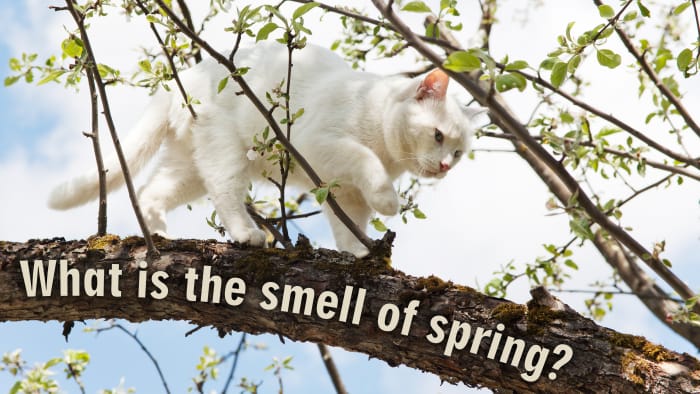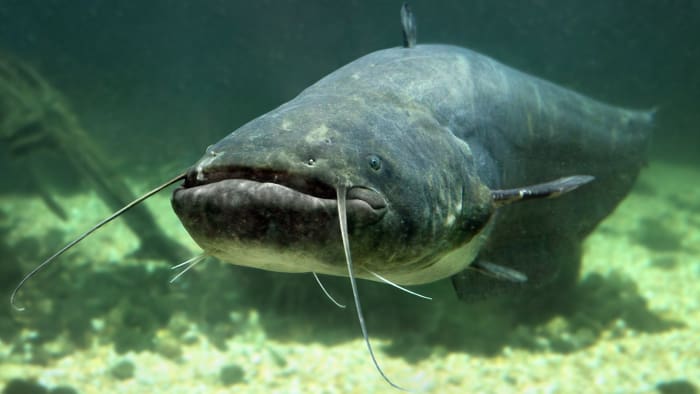What is the smell of spring?
You may have the wrong idea!

Spring smells of worms. Or rather their remains. And of rotten stems, leaves, parts of insects and other decomposing organic matter. It’s all terribly romantic, isn’t it?
What we call the smell of spring is everything that reaches our olfactory receptors from thawing water evaporating from different surfaces. In rural areas and suburbs, this is mainly the smell of the thawing earth with all its organic splendor.
The decomposition of organic matter is the transition of chemical elements from complex organic compounds to simple mineral ones. This process is called mineralization. As daytime temperatures increase, the mineralization accelerates of fallen leaves, one-year plants, dead insects and worms that were frozen under the snow. Organic acids and their salts enter the soil, and also organomineral complexes and mineral compounds of nitrogen, phosphorous and sulfur, formed from products of decay. And in the air there are volatile compounds of sulfur and phosphorous. Some of them are also quite odorous. Like amines – organic compounds that are derivatives of ammonia. For example, cadaverine and putrescine. They are contained in products of the putrid decay of proteins and have a strong smell of rotting flesh.
This cocktail of aromas is significantly augmented by the substance geosmin. It is produced by cyanobacteria and actrinobacteria living on the surface of the earth. And wet earth smells of geosmin.
The human sense of smell is extremely sensitive to geosmin. We are capable of detecting this smell at concentrations of five molecules in a trillion. Incidentally, catfish and carp smell so strongly of mud because of geosmin in combination with 2-methylisoborneol. They accumulate in fat and muscle tissue. Geosmin breaks down in an acidic medium, and so when preparing fresh water fish we often use vinegar and lemon.

The main reason that the “smell of spring” appears in the city is the rising daytime temperatures and the evaporation of thawed moisture. But the chemical composition of romantic spring here is significantly supplemented by microscopic particles of road surfaces, building material and dust. They are mainly carbonates and calcium silicates from wet concrete, soaked in atmospheric moisture, and also particles of soot (amorphous carbon, a product of incomplete combustion) from factory pipes and car exhaust.
Another characteristic spring smell comes from the revival of trees after winter. In their trunks and bark, the sap melts. Its chemical composition is different for different trees. Tannins are found in the bark of some trees, for example. This group of phenol compounds contains a large number of —OH groups. Tannin has an acrid smell, and in the food industry it is used to give drinks an astringent taste. Tannin is also used for the tanning of leather and fur.

Trees are virtually the only respectable source of spring aromas. But as strange as our delight at the smells of wet dust and decomposing worms may seem, these are still the smells of spring. And spring means that the cold weather is over, and that now everything is probably going to be all right.